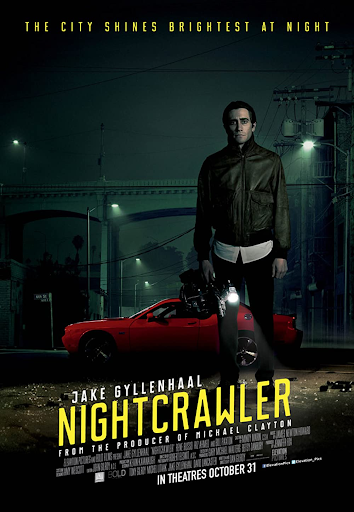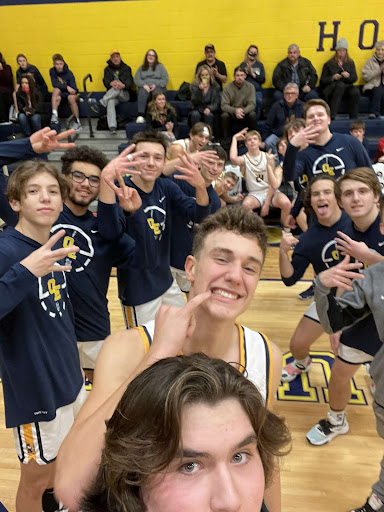President Vladimir Putin explains his “attack” on Ukraine by the fact that since the Middle Ages, Russia and Ukraine have been one strange thing called Great Russia. At the same time, the president of the Russian Federation rarely recalls that Russians and Ukrainians did not always have the same path and that as a result two languages and two cultures were formed – related, but different.
The current war is the result of the policy of the last 30 years. It can be conditionally divided into three stages, each of about 10 years. In Ukraine’s loss of control over the situation in Donetsk and Luhansk, the most important date was April 6, 2014. On this day, several thousand protesters – with the obvious connivance of the police, occupied the building of the Donetsk Regional State Administration and hung a Russian flag on it. This was already the second capture of the Donetsk Regional State Administration.
The Dnipropetrovsk region has no border with Russia. More importantly, there was no political and economic monopoly of the Party of Regions in this region. Both of these factors affected the development of events there in the spring of 2014. In Dnepropetrovsk, like Donetsk, there was a small Maidan, but the vast majority of the city’s population did not take part in mass actions. On January 26, 2014, pro-Maidan demonstrators were brutally beaten by “titushki” (illegal semi-criminal groups hired by officials appointed by Yanukovych) outside the walls of the Dnepropetrovsk regional administration, some of whom were later arrested by the police.
Donbass residents are usually described as “Soviets.” So Russian President Putin is “saving” his civilians from the Ukraine government. The main goal of a large-scale attack on the territory of Ukraine for Russian President Vladimir Putin is to cordon off the Ukrainian army and, as a result, seize power in Kyiv. Kyiv was part of Great Russia, so Vladimir Putin considers that Kyiv should belong to Russia.



